


My research aims to characterize dry bean root architecture.
Summaries, Funding, and Publications
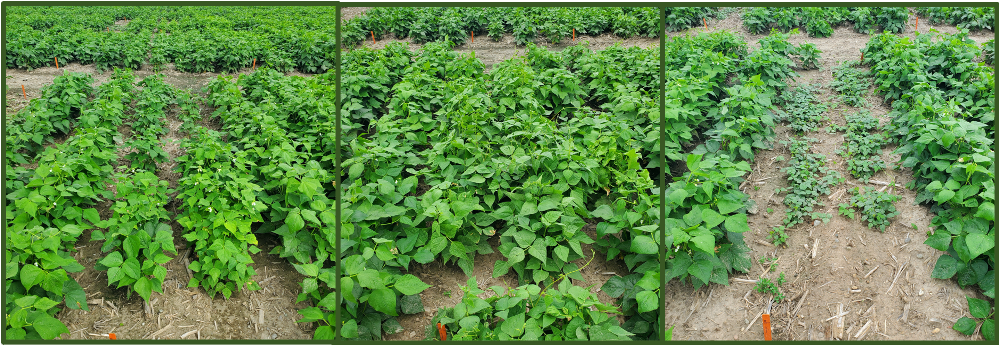
Many breeding programs have focused on improving shoot architecture for increased production, and dry bean is no different. Over the last 100+ years, breeders have targeted a short, indeterminate bush shoot a
Haus, M. J., Wang, W., Jacobs, J. L., Peplinski, H., Chilvers, M. I., Buell, C. R., and Cichy, K. (2020) Root Crown Response to Fungal Root Rot in Phaseolus vulgaris Middle American x Andean lines. Plant Disease. 104(12), 3135-3142.
This work was funded by the USDA Postdoctoral Fellowship and Plant Resilience Institute.
Funding Abstract In Brief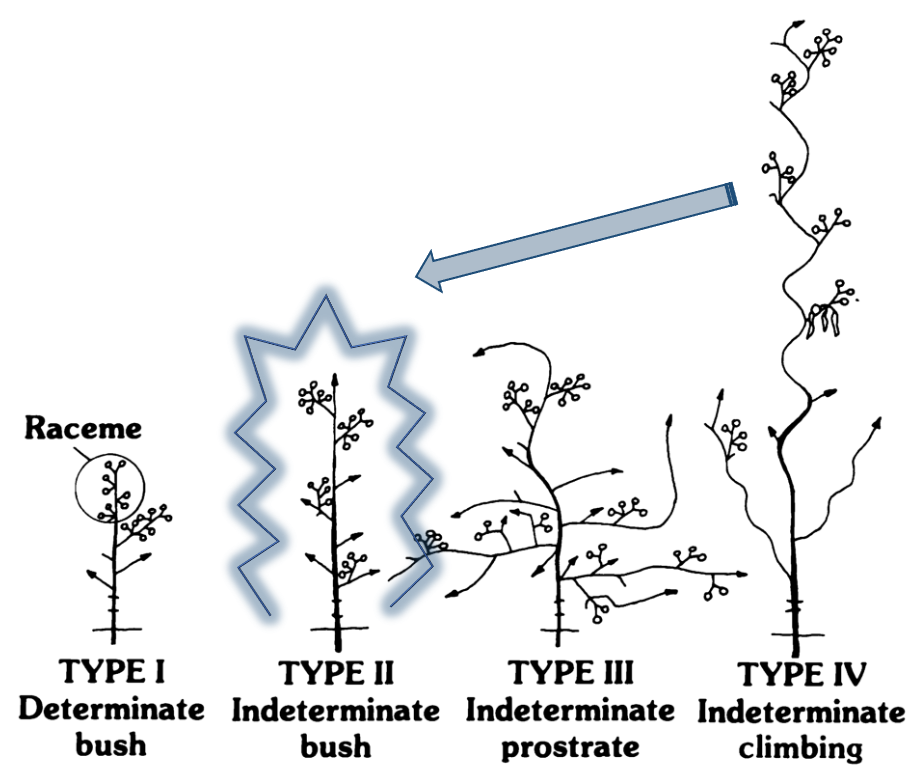

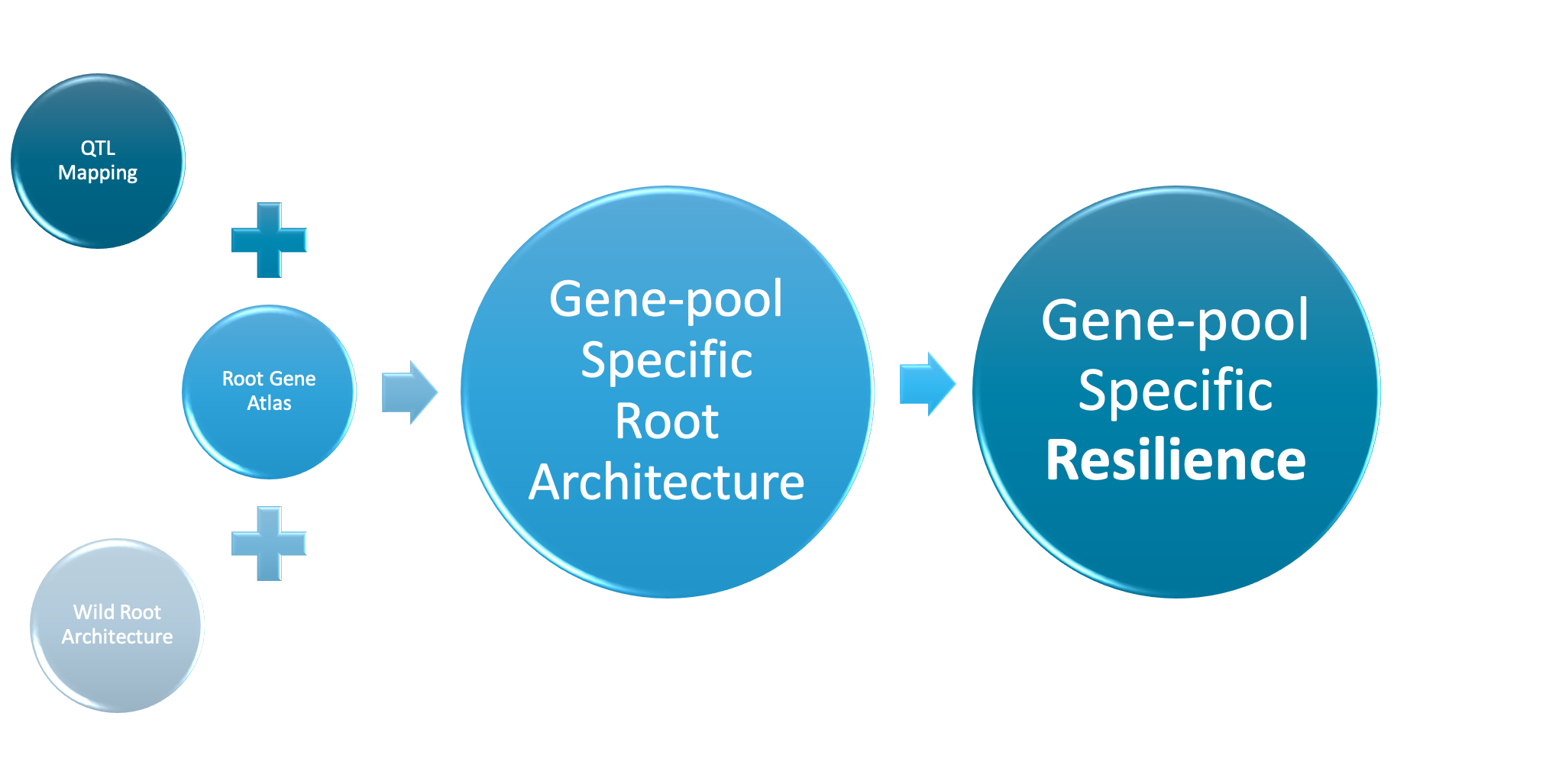
Dry bean has two genepools. The roots in these gene pools are similar.
This work was funded by the USDA Postdoctoral Fellowship, Plant Resilience Institute, and the USDA Crop Germplasm Committee.
Published in Plant Disease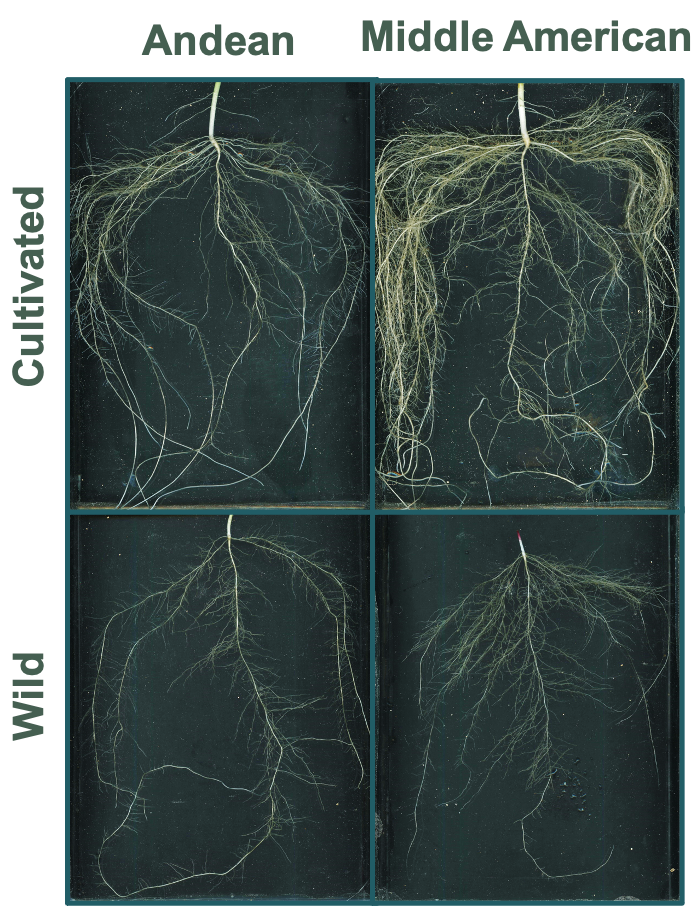
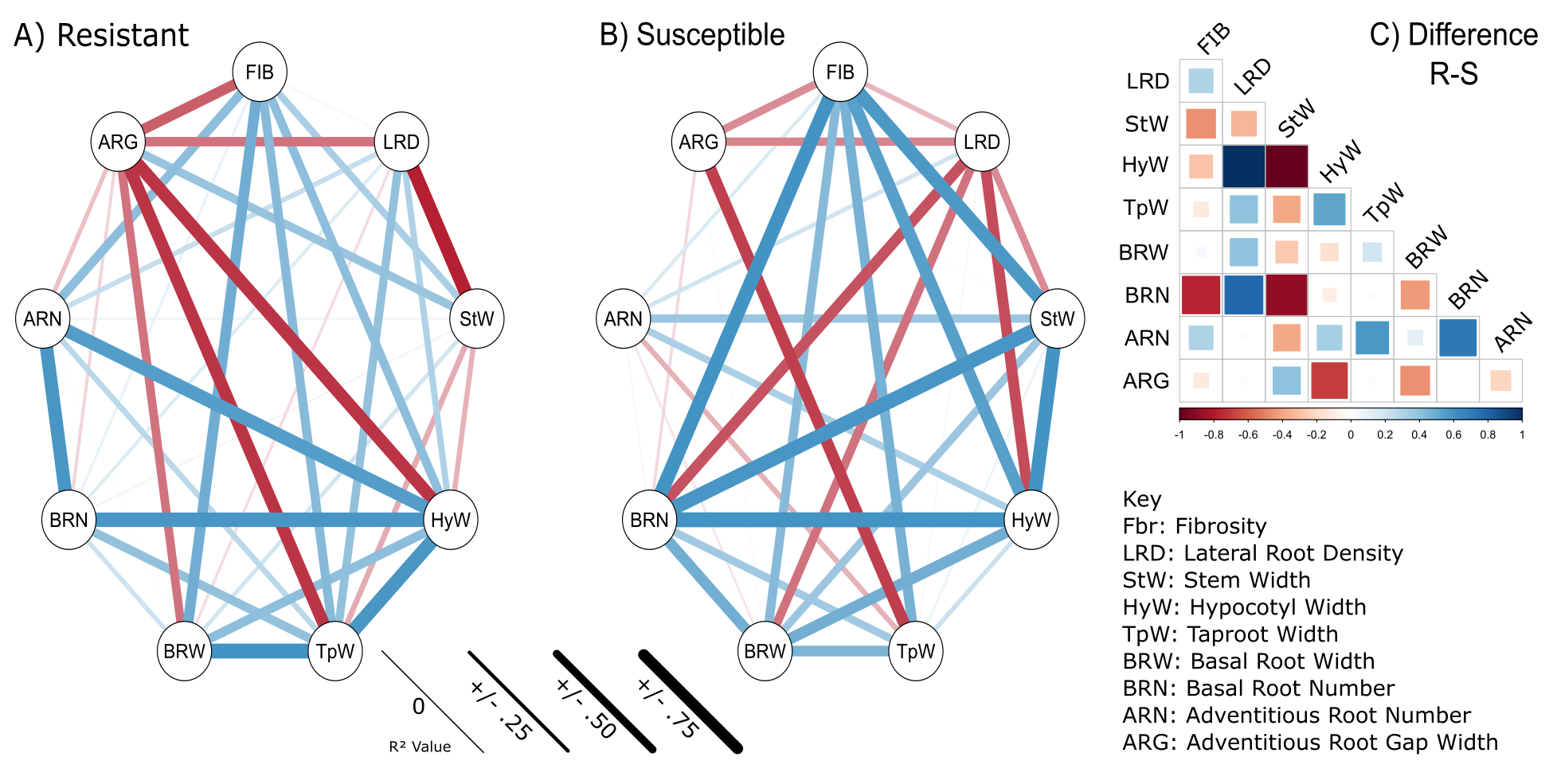
Root architecture has been shown to influence root rot severity. Weijia Wang, a graduate student in the Cichy lab had previously screened an Andean by Middle American population for FRR resistance. We took the extreme RILs from each group and Root architecture can be a complementary breeding target for improving root rot tolerance. Root growth in early season (V1) is the time for screening. The greatest difference between resistant and susceptible lines can be found in basal roots.
Haus, M. J., Wang, W., Jacobs, J. L., Peplinski, H., Chilvers, M. I., Buell, C. R., and Cichy, K. (2020) Root Crown Response to Fungal Root Rot in Phaseolus vulgaris Middle American x Andean lines. Plant Disease. 104(12), 3135-3142.
This work was funded by Michigan State University's Plant Resilience Institute.
Published in Plant Disease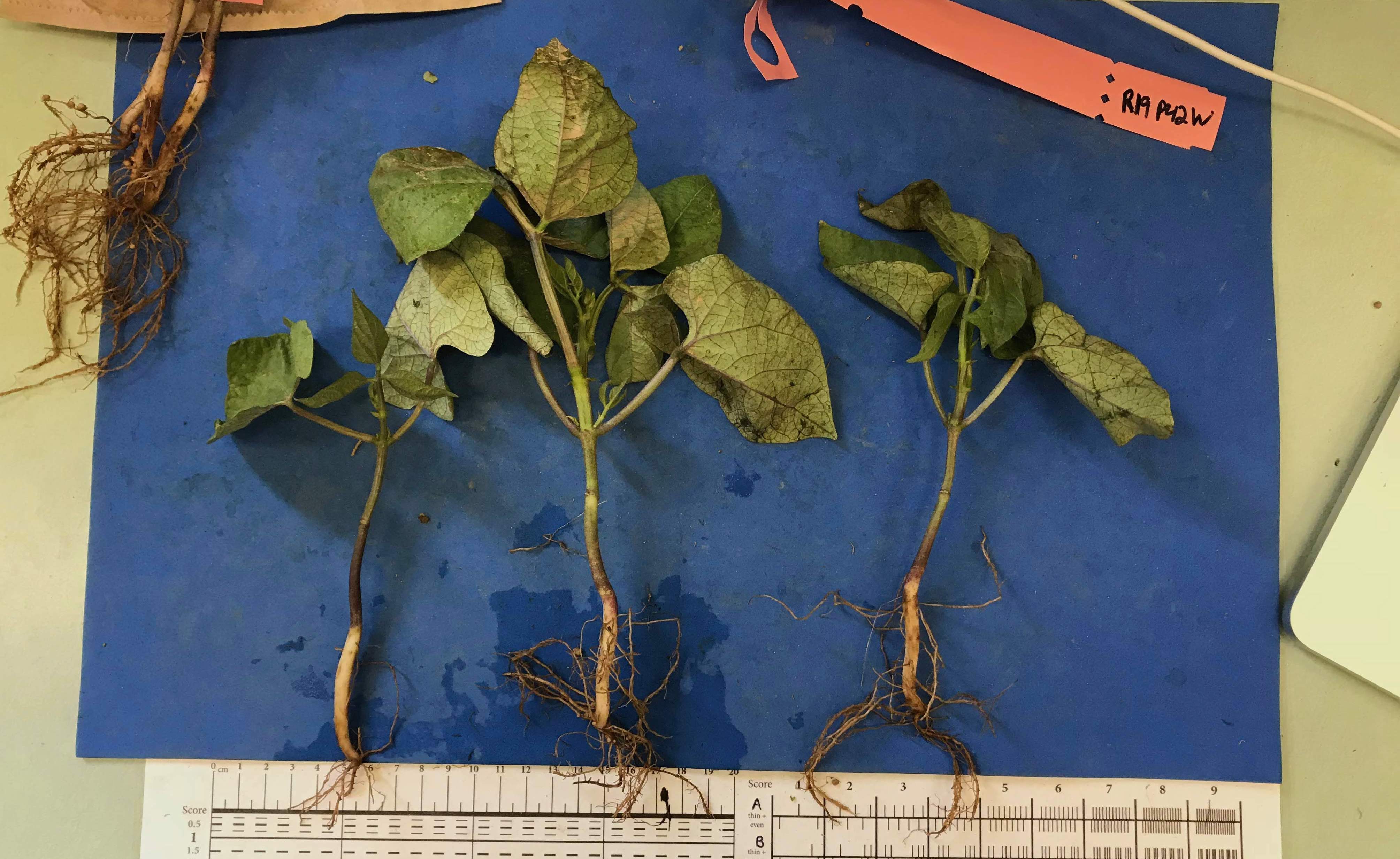

Summaries, Funding, and Publications

Work In Progress, Description incoming!

Work In Progress, Description incoming!